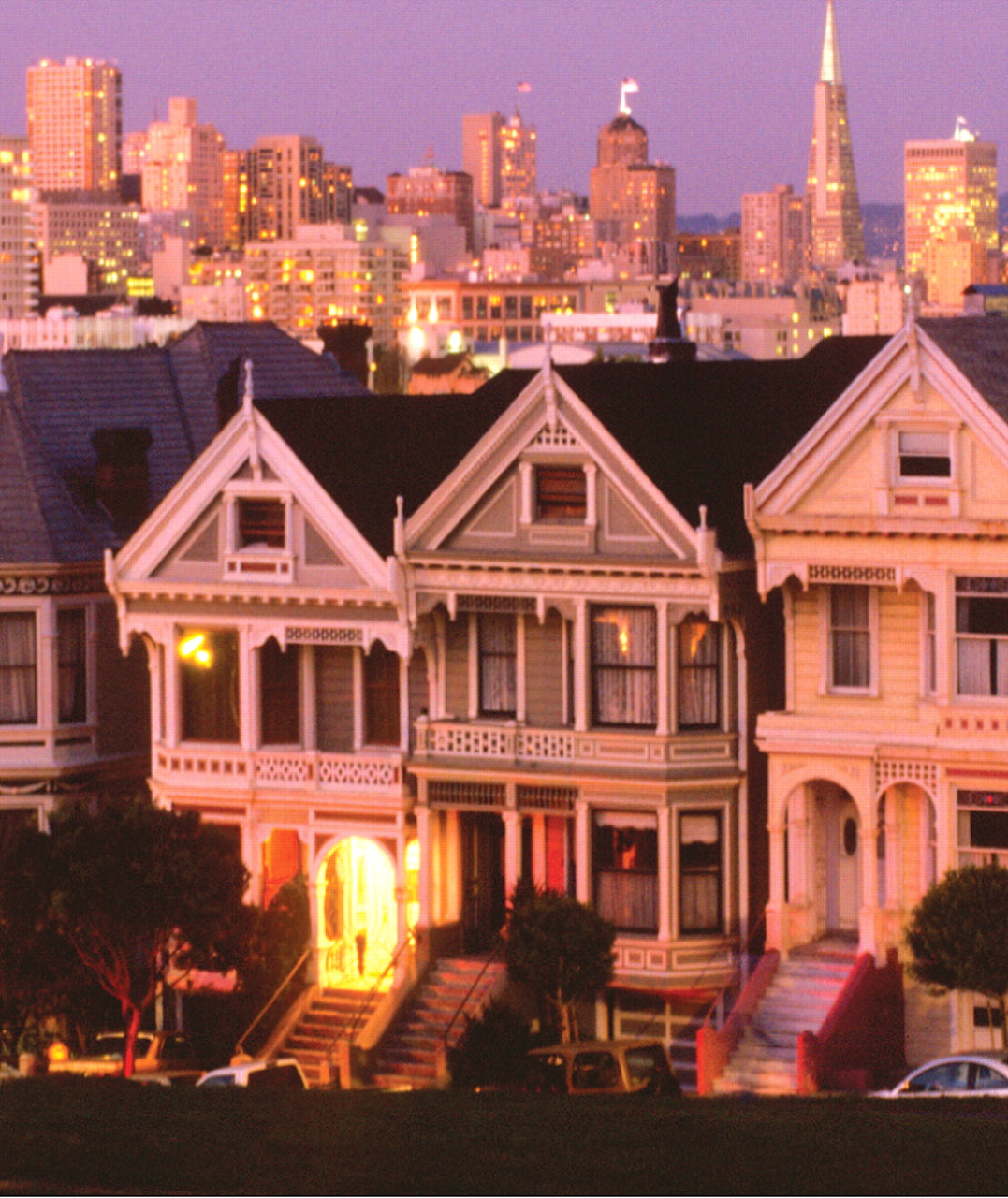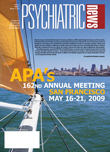When you visit San Francisco for the annual meeting, be sure to pay a call on the “Painted Ladies.”
The ladies we're refering to are six rainbow-colored Victorian houses located in a row on Steiner Street between Hayes and Grove streets.
When viewed from Alamo Square—the park across the street—they provide a stunning picture with the modern skyline of downtown San Francisco as background. This view is perhaps the most beloved of all San Francisco views and has made the Painted Ladies world famous.
Yet if you are really a devoted fan of Victorian architecture, don't stop with the Painted Ladies. There are some 14,000 other Victorian houses in San Francisco to admire as well, making San Francisco one of the treasure troves of such structures.
Victorian architecture got its name from the period in which it became popular—during the reign of Queen Victoria in England in the second half of the 19th century. It is generally known for its complex lines and countless“ bells and whistles”—high-peaked gables, rounded corner towers, gingerbread trim, and other flourishes. But actually the Victorian houses in San Francisco, as well as in other American cities, include a number of variations on this general theme depending on when they were built.
For example, from 1840 to 1900 the Gothic Revival style was popular. Houses built in this style had irregular, pitched gable roofs; fanciful eaves; pointed arch windows; and sometimes extravagant ornamentation. The Westerfeld House, built in 1889 for a confectioner named William Westerfeld, is a good example of a San Francisco Gothic-style Victorian house. The house, whose top floor has 360-degree views of San Francisco, is located on the northwest corner of Alamo Square.
From 1850 to 1890 the Italianate style was in vogue. Italianate houses were rectangular in shape, tall and narrow, with two to three stories. These houses had angled bay windows and a balustraded stairway leading up to the double doors over which was a curved transom. Italianate-style houses can be found throughout San Francisco. For instance, those on Buchanan Street sport angled bay windows and a heavy cornice typical of the style.
During the 1880s and 1890s, the Queen Anne style was all the rage. It was the most elaborate and eccentric of the Victorian architectural styles. Houses were asymmetrical and had steeply pitched, irregular roofs; cylindrical corner towers wearing “witch's hat” turrets; fish-scale shingles; delicate porch posts; stained glass windows; and other embellishments. Even though this style was popular during Queen Victoria's reign, it was named after England's 18th-century Queen Anne, who was associated with grandeur and elegance. A splendid example of the style is the Haas-Lilienthal House, at 2007 Franklin Street in the Pacific Heights neighborhood. It was built in 1886 for William Haas, a Bavarian Jew who immigrated to San Francisco in the 1860s.
More information about Victorian houses in San Francisco is posted at<www.inetours.com/Pages/SFNbrhds/Victorian_Homes.html>. Information about a walking tour of San Francisco's Victorian houses offered every Sunday at 2 p.m. is posted at<www.sfcityguides.org>.▪

